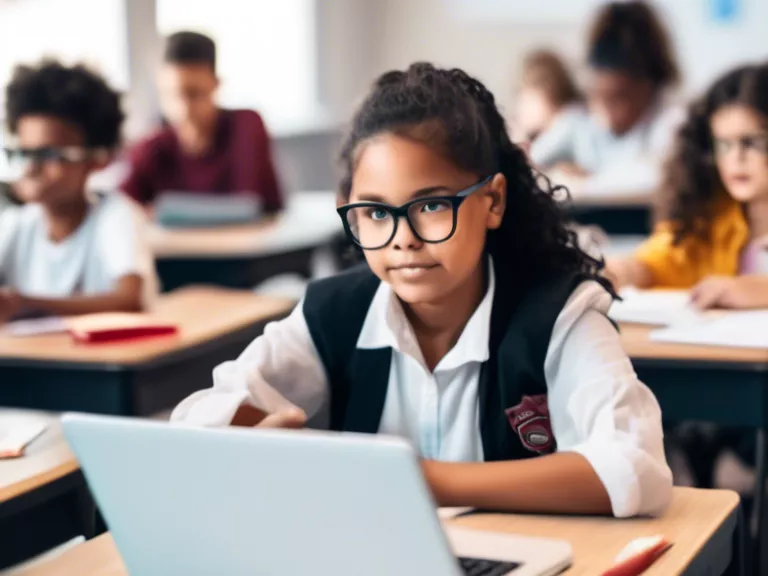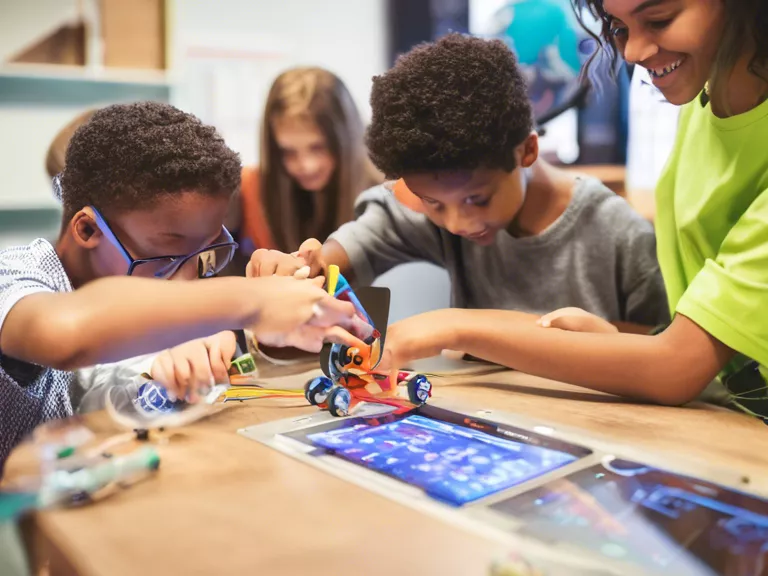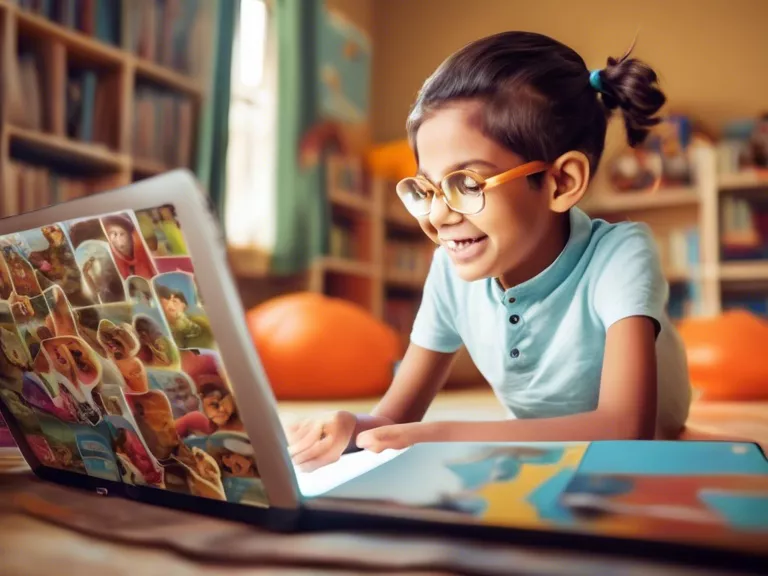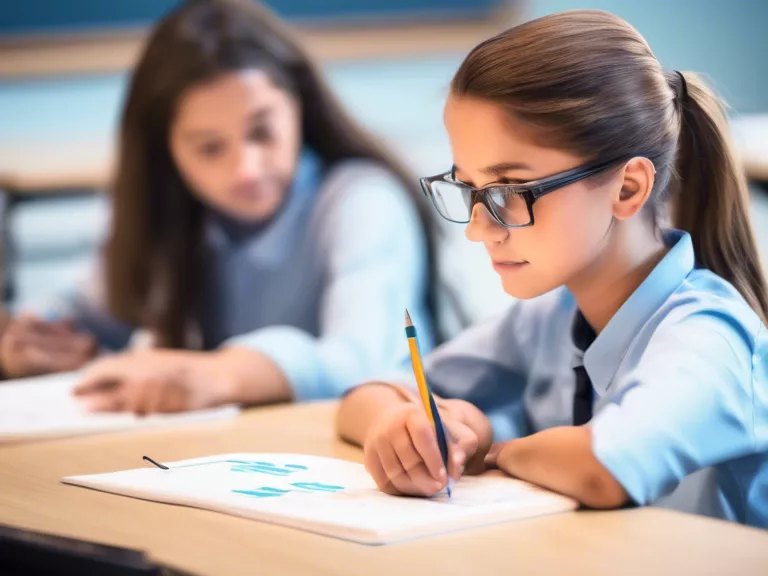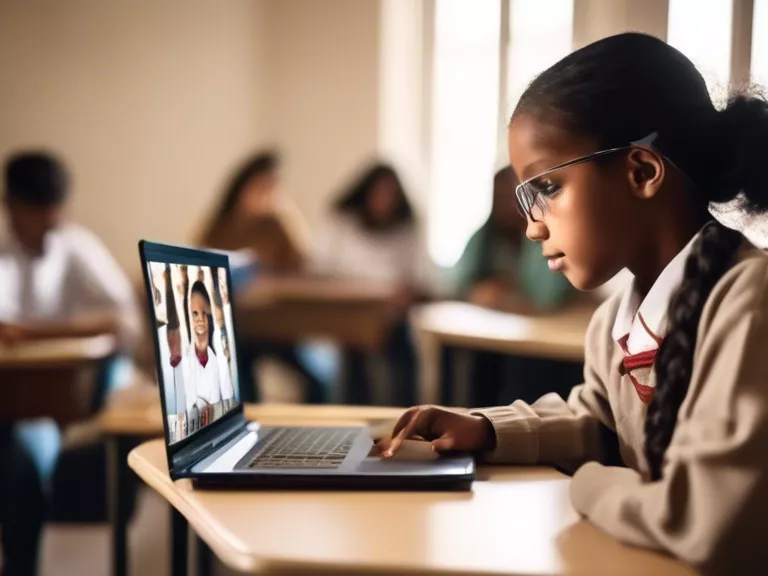
With the rise of virtual classrooms and online learning platforms, traditional education systems are undergoing a significant transformation. This article explores the impact of virtual classrooms on traditional education, discussing the benefits and challenges that come with this shift in the educational landscape.
Virtual classrooms have opened up new opportunities for students to access education from anywhere in the world. Whether it's through video lectures, online discussions, or virtual labs, students can now engage with course material in a way that suits their individual learning styles. This flexibility has made education more accessible to students who may have difficulty attending traditional classrooms due to location, schedule constraints, or other commitments.
Additionally, virtual classrooms have enabled educators to reach a larger audience and offer a more personalized learning experience. Through online platforms, teachers can provide real-time feedback, track students' progress, and tailor lessons to meet individual learning needs. This level of customization can enhance student engagement and improve overall learning outcomes.
However, the shift to virtual classrooms also presents challenges for traditional education systems. One of the main concerns is the lack of in-person interaction between students and teachers. While virtual classrooms offer many benefits, they may not fully replace the value of face-to-face learning experiences. Building relationships, collaborating with peers, and hands-on learning are all essential components of traditional education that may be difficult to replicate in a virtual setting.
Furthermore, virtual classrooms require a certain level of technological infrastructure and digital literacy to be effective. Not all students have equal access to reliable internet connections or devices, which can create barriers to learning. Additionally, educators must adapt their teaching methods to suit an online environment, which may require additional training and resources.
In conclusion, the impact of virtual classrooms on traditional education systems is both transformative and challenging. While virtual classrooms offer new opportunities for access and customization, they also raise concerns about the loss of in-person interactions and technological barriers. As education continues to evolve, finding a balance between virtual and traditional learning experiences will be crucial in shaping the future of education.
